The leopard (Panthera pardus) is a large carnivorous mammal in the family Felidae, renowned for its agility, distinctive golden coat with black rosettes, and remarkable adaptability to various environments. Leopards have one of the widest ranges of any big cat, inhabiting landscapes from African savannas to Asian tropical rainforests, temperate forests, and even mountainous regions.
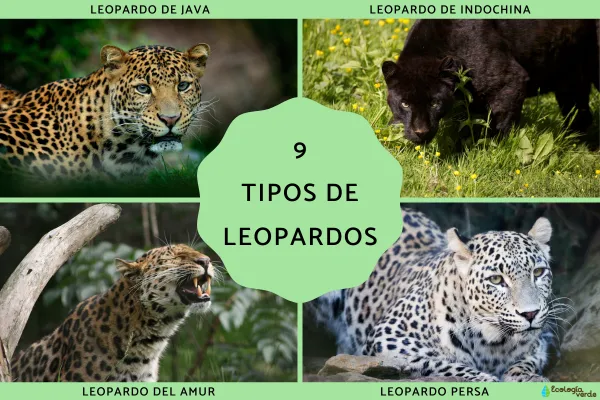
Many people ask: How many types of leopards are there in the world?
In fact, there is only one leopard species (Panthera pardus), but based on geographic distribution, appearance, and genetic variation, scientists recognize nine distinct subspecies: the Javan leopard, Indochinese leopard, Sri Lankan leopard, Amur leopard, African leopard, North Chinese leopard, Arabian leopard, Indian leopard, and Persian leopard. They differ in size, coat color, pattern, behavior, and conservation status.
Below, we introduce each subspecies in detail, including its traits, range, survival status, and interesting facts.
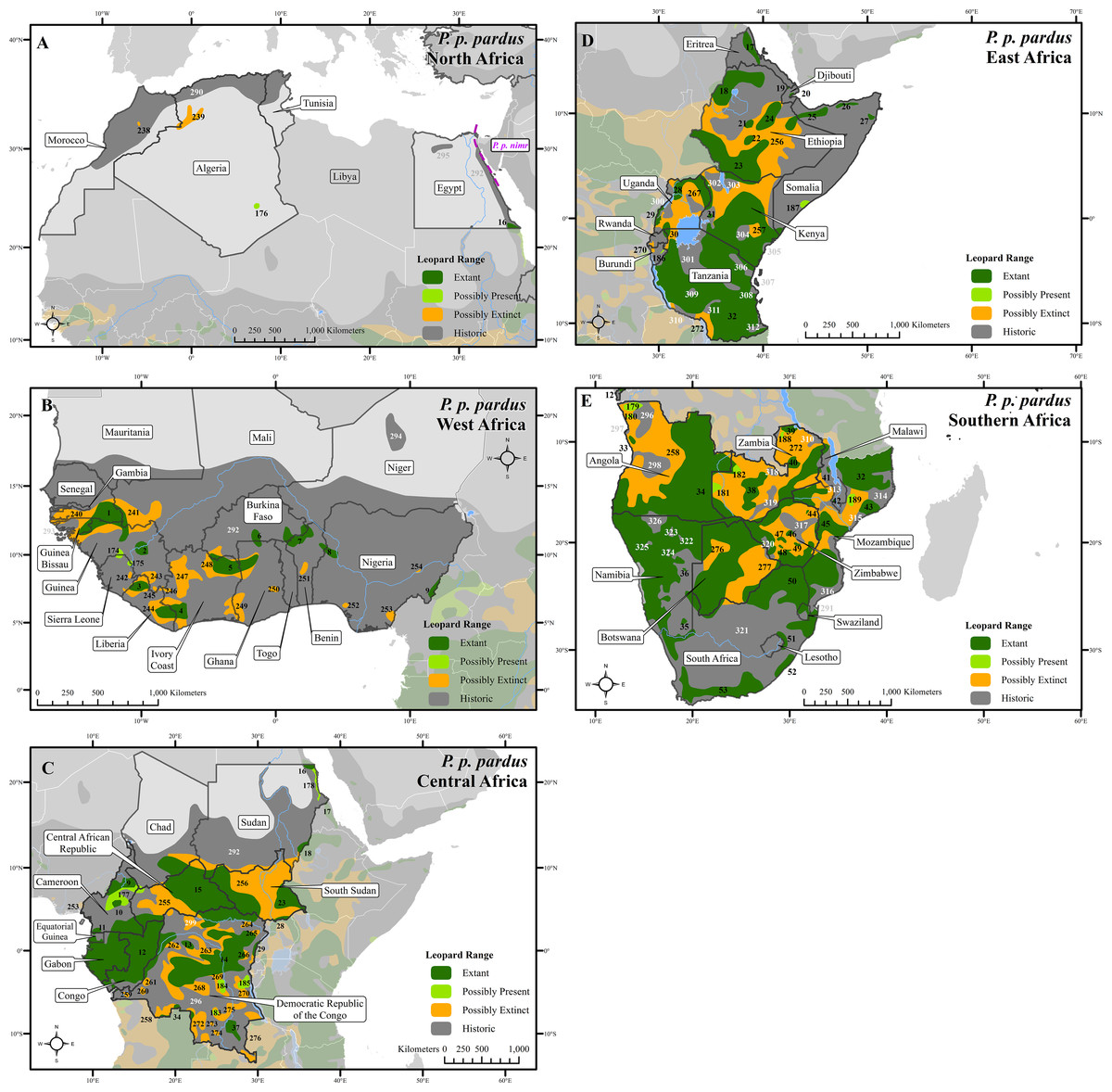
Global distribution of leopard subspecies (Source: PeerJ Research)
Range & Habitat: Endemic to Java, Indonesia, found in tropical rainforests, dry forests, and mountainous regions from sea level up to high elevations.
Appearance: Two coat forms—spotted with dark rosettes, and a completely black “black panther” form caused by melanism (a recessive gene trait).
Behavior: Solitary and highly territorial; mainly nocturnal. Preys on deer, wild boar, primates, and sometimes livestock.
Reproduction: Gestation lasts 90–105 days, with 2–4 cubs per litter.
Conservation Status: Critically Endangered, with only around 350–525 individuals remaining; major threats include habitat loss and poaching.
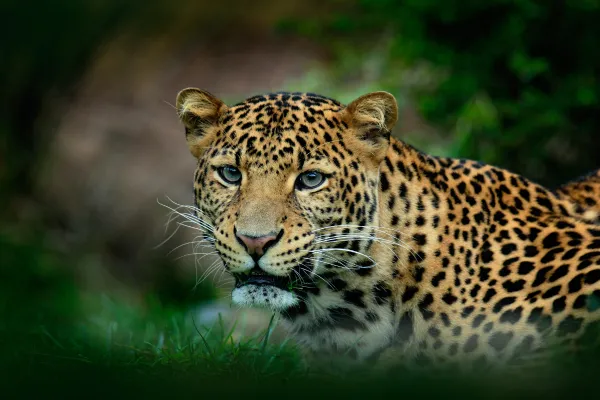
Range & Habitat: Distributed from southern China to the Malay Peninsula, inhabiting tropical forests and riverine areas.
Features: High proportion of melanistic individuals, aiding stealth hunting in dense jungle.
Hunting Behavior: Preys on monkeys, wild boar, and deer, often dragging heavy kills into trees to store.
Reproduction: Gestation 90–105 days, 2–4 cubs per litter.
Conservation Status: Sharp population decline due to deforestation and poaching; locally extinct in parts of its former range.
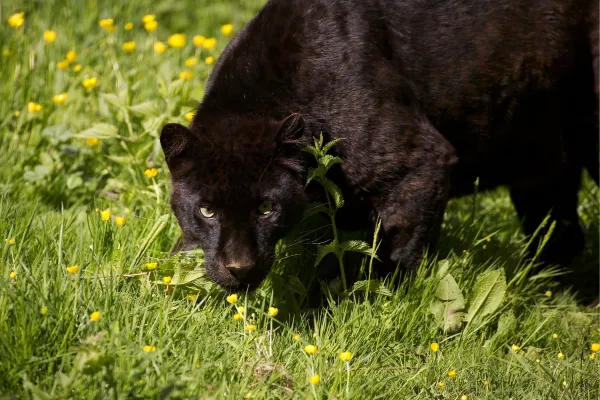
Range: Endemic to Sri Lanka, inhabiting tropical rainforests, moist forests, and dry scrublands.
Appearance: Reddish-yellow or golden coat with black rosettes; males may reach 77 kg, females about 29 kg.
Diet: Hunts mammals, birds, reptiles, deer, wild boar, and occasionally water buffalo.
Population Traits: Higher densities in Yala National Park due to the absence of large competing predators.
Conservation Status: Endangered.

Range: Temperate forests of the Russian Far East, northeast China, and possibly northern North Korea.
Appearance: In winter, has pale cream fur that is long and thick, with large, widely spaced rosettes.
Diet: Mainly feeds on roe deer, sika deer, and wild boar.
Reproduction: Gestation 92–95 days, 2–3 cubs per litter; cubs stay with their mother for 2–3 years.
Rarity: Considered the rarest big cat, with only 84–130 individuals left; Critically Endangered.
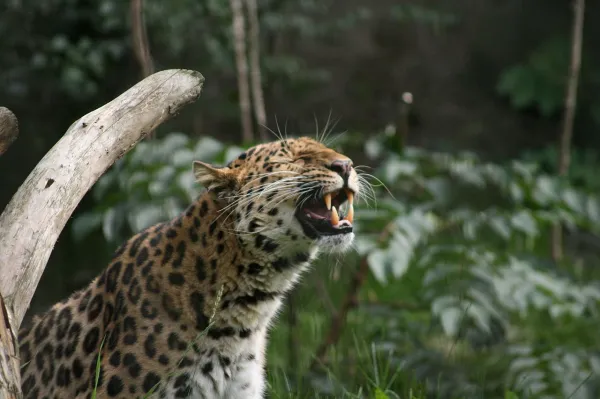
Range: Widely distributed across sub-Saharan Africa, from tropical rainforests to savannas, plateaus, and mountains.
Appearance: Coat color varies greatly from pale yellow to reddish-brown; rosette patterns are unique to each individual.
Hunting: Preys on a broad range of animals, from rodents to large antelope; often hoists kills into trees to avoid scavengers.
Adaptability: Strong, agile climber; thrives in diverse ecosystems.
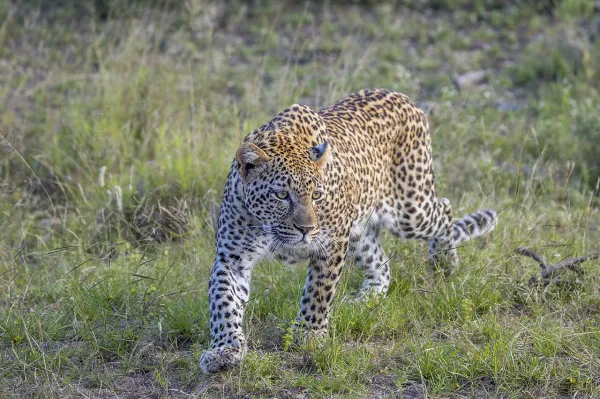
Range: Mountain forests and grasslands of northern and northeastern China.
Features: Medium-sized, darker coat with jaguar-like rosettes; longer fur for cold adaptation.
Behavior: Skilled in stealth ambush; hunts deer, wild boar, and small mammals.
Reproduction: Breeds January–February; 2–3 cubs per litter; mothers care for young up to two years.
Conservation Status: Endangered; populations increasing slightly in some areas due to reforestation.
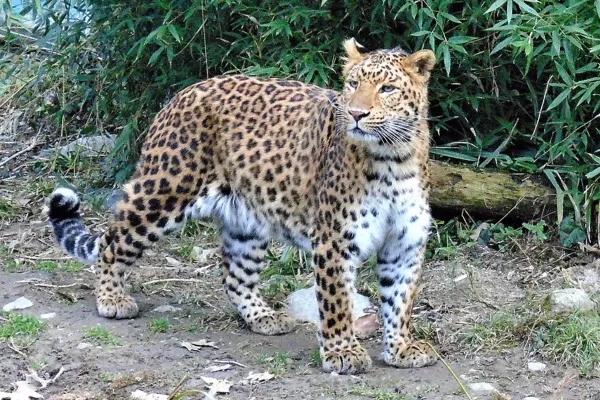
Range: Mountainous regions of Yemen, Oman, and Israel; fewer than 200 remain.
Features: Smallest leopard subspecies, males around 30 kg, females about 20 kg; pale coat.
Diet: Gazelles, wild goats, hares; will take livestock when wild prey is scarce.
Conservation Status: Critically Endangered; threats include habitat loss, poaching, and prey depletion.
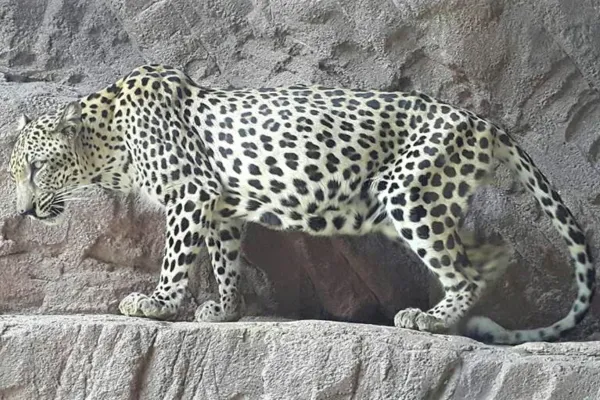
Range: India, Nepal, Bhutan, and parts of Pakistan.
Features: Strong build, long tail, golden coat with distinctive rosettes.
Reproduction: Polygynous; gestation about 97 days, 2–4 cubs per litter.
Special Note: Higher melanism rates in wetter regions such as the Western Ghats.
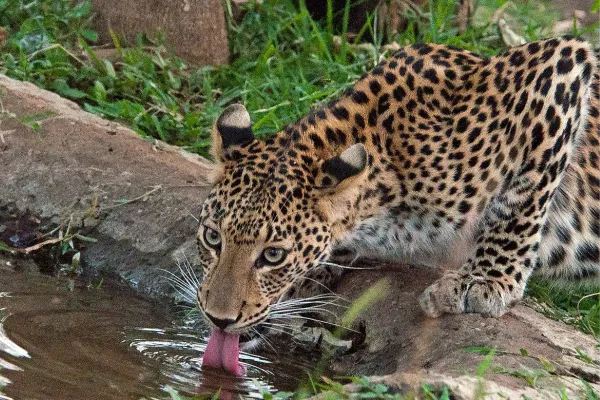
Range: Primarily Iran, also found in Armenia, Azerbaijan, Afghanistan, and the Caucasus.
Features: Largest leopard subspecies—body length up to 1.58 m, weight up to 75 kg; pale yellow or golden coat with black spots.
Diet: Hunts goats, deer, wild boar, and other medium-to-large mammals.
Conservation Status: Endangered; major threats are poaching, habitat loss, and fragmented populations.
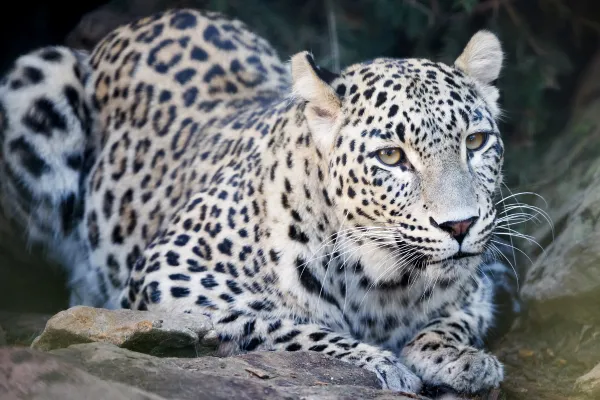
Bibliography
Deutsche Welle. (2023). The Indochina leopard disappears and nothing happens. Available at: https://www.dw.com/es/el-leopardo-de-indochina-desaparece-y-nadie-hace-nada/a-66017547
Stein, A.B., Gerngross, P., Al Hikmani, H., Balme, G., Bertola, L., Drouilly, M., Farhadinia, M.S., Feng, L., Ghoddousi, A., Henschel, P., Jhala, Y.V., Khorozyan, I., Kittle, A., Laguardia, A., Luo, S.-J., Mann, G., Miquelle, D., Moheb, Z., Raza, H., Rostro-García, S., Shivakumar, S., Song, D. & Wibisono, H. 2025. Panthera pardus (amended version of 2024 assessment). The IUCN Red List of Threatened Species 2025: e.T15954A274970607. Available at: https://www.iucnredlist.org/species/15954/274970607
WorldWildLife. Amur Leopard. Available at: https://www.worldwildlife.org/species/amur-leopard
Zoobotánico Jerez. (s.f.). Sri Lankan leopard. Available at: https://www.zoobotanicojerez.com/coleccion-zoologica/relacion-de-especies/leopardo-de-sri-lanka-panthera-pardus-kotiya
animal tags: leopard
We created this article in conjunction with AI technology, then made sure it was fact-checked and edited by a Animals Top editor.